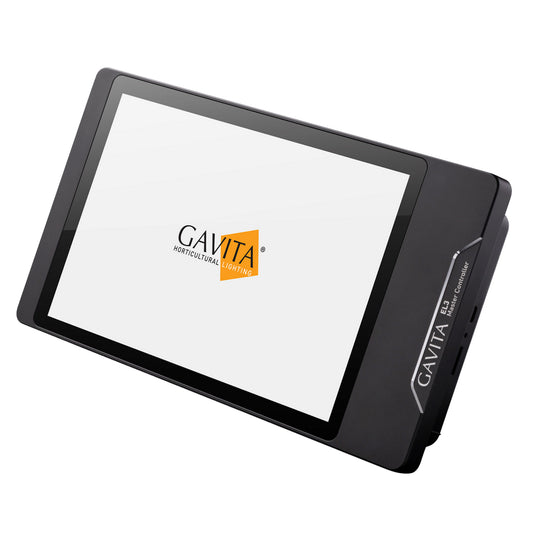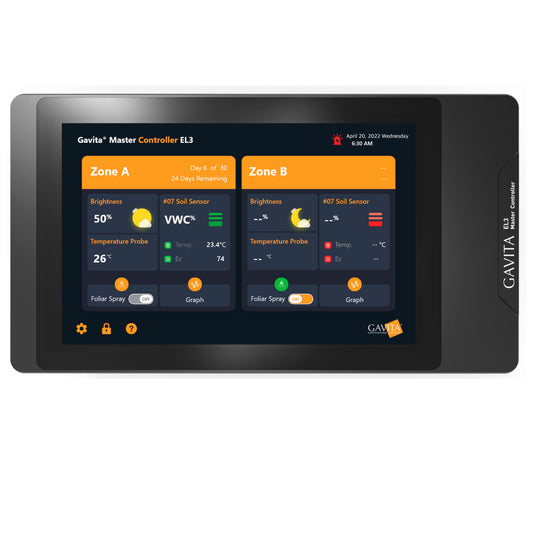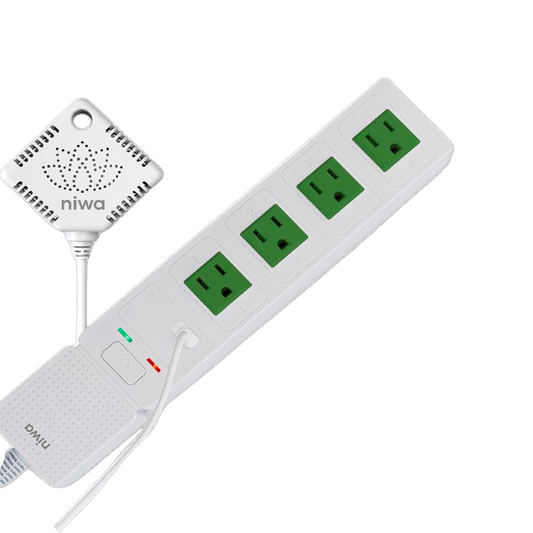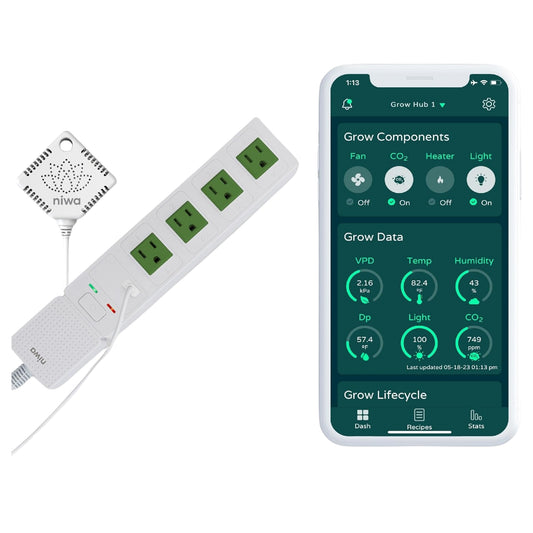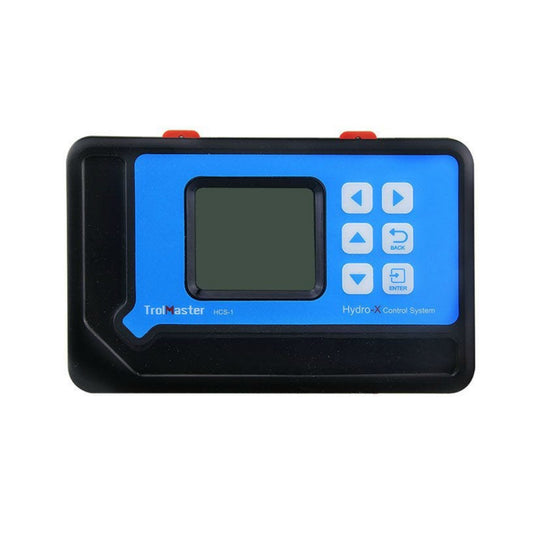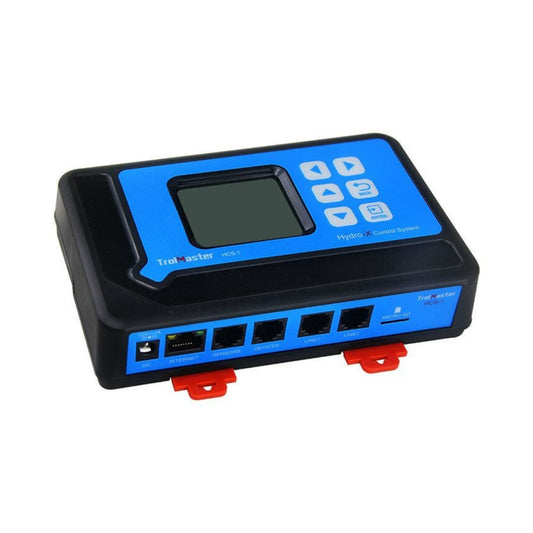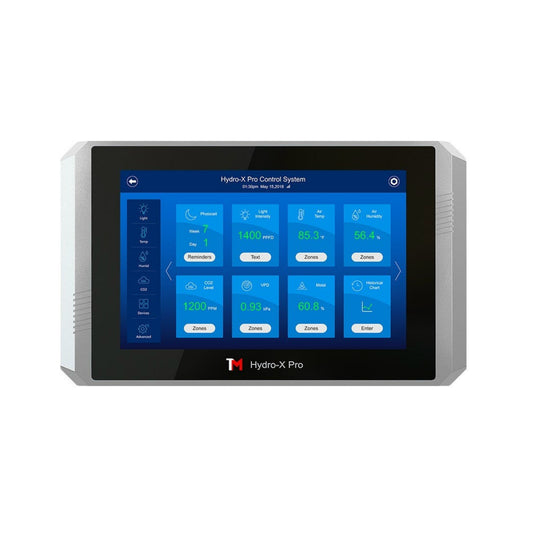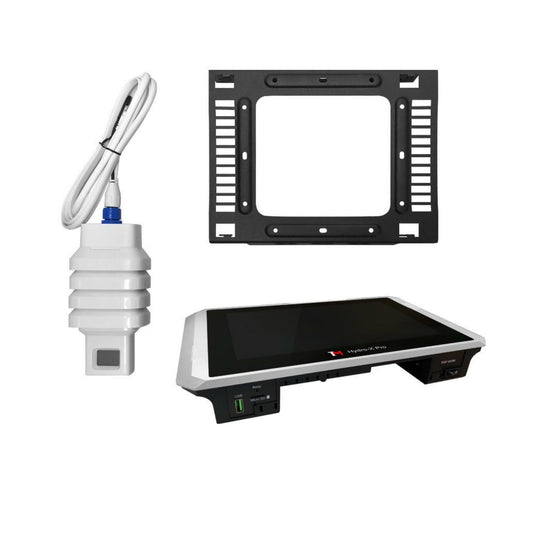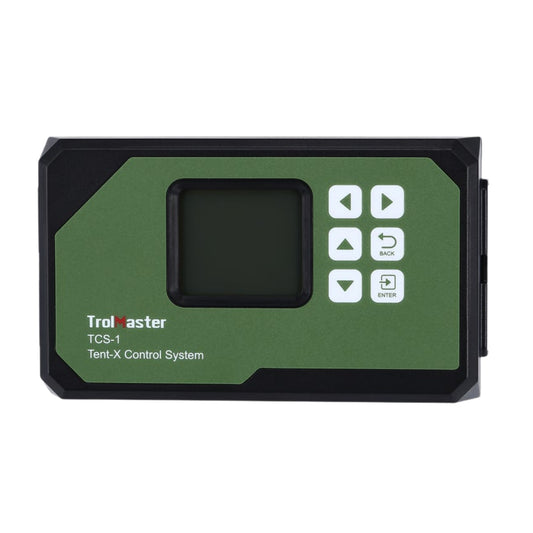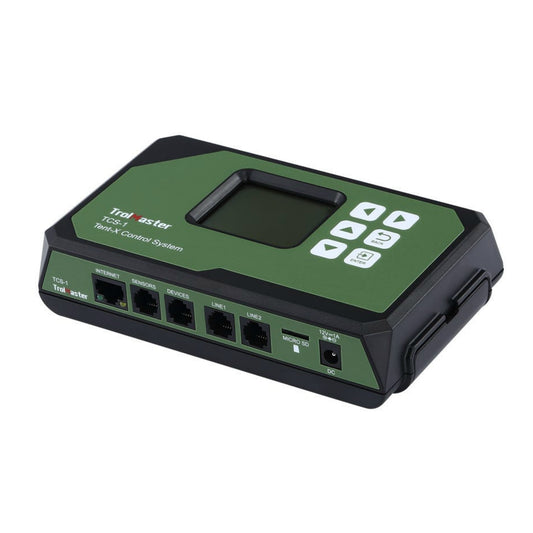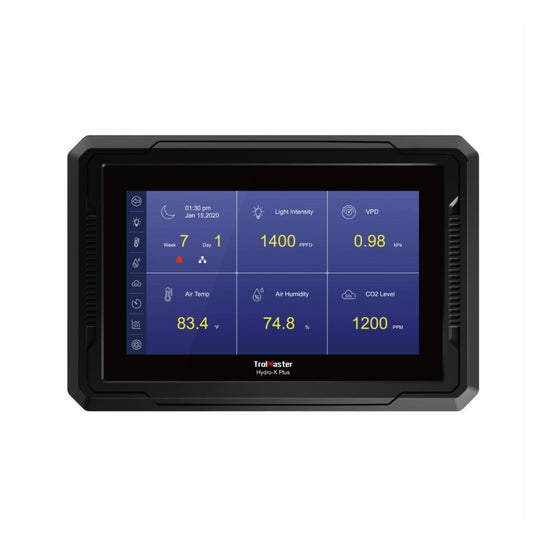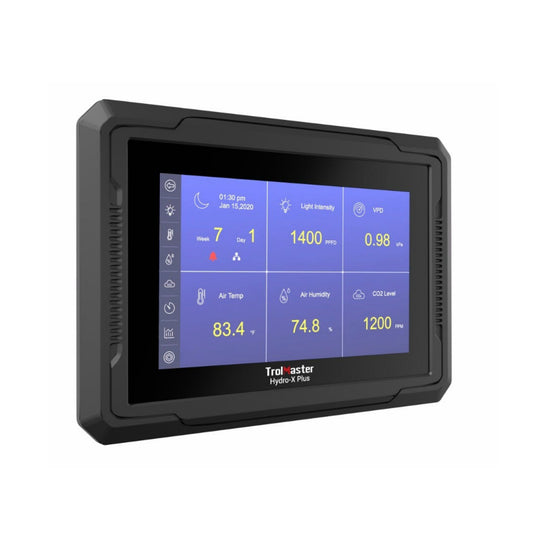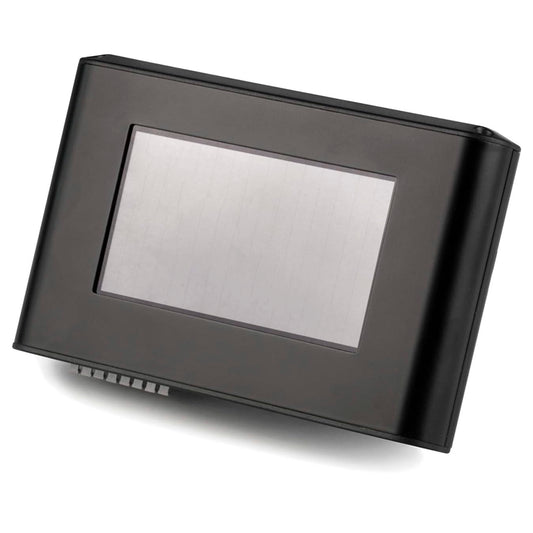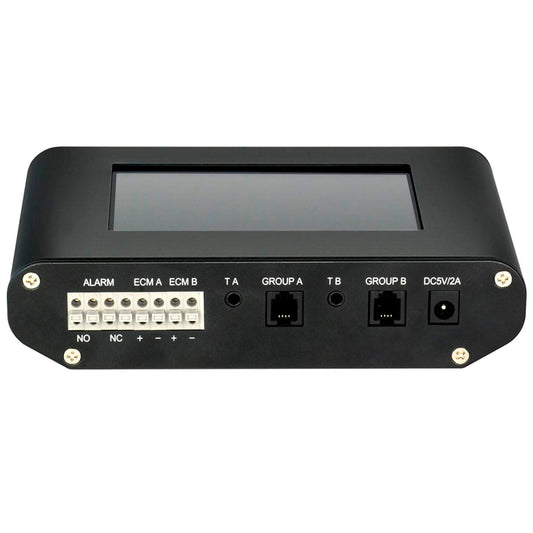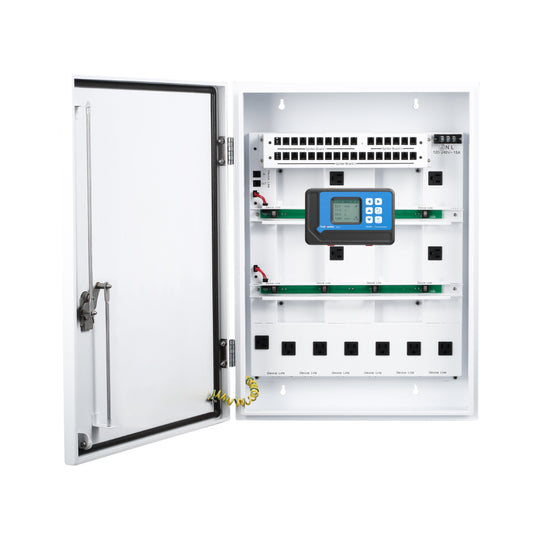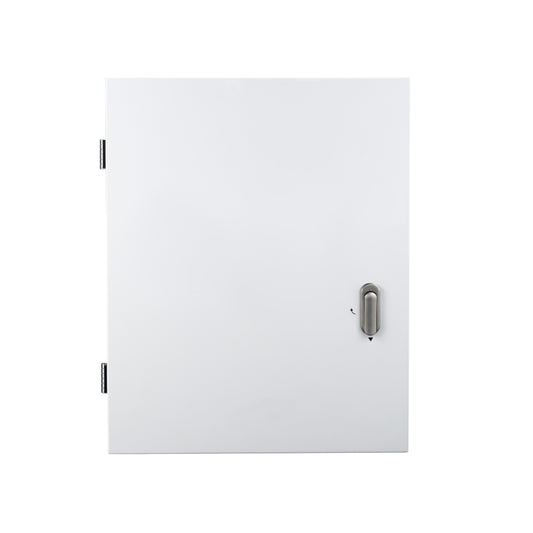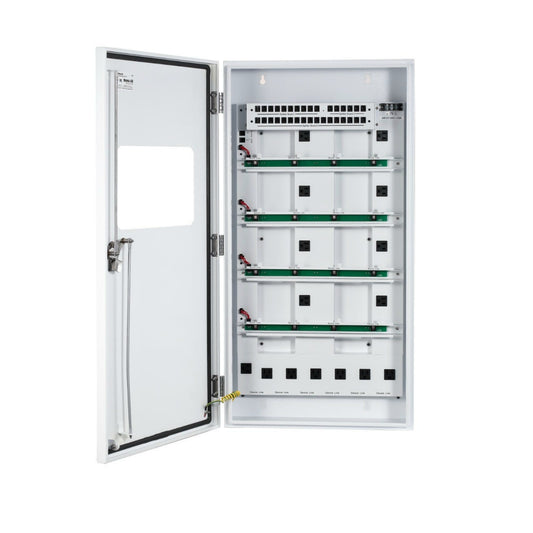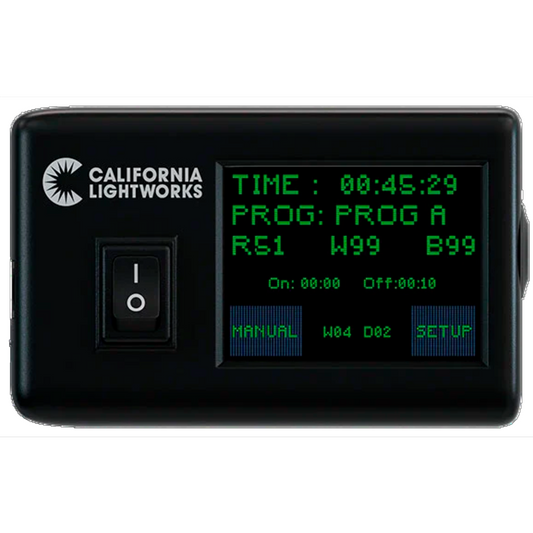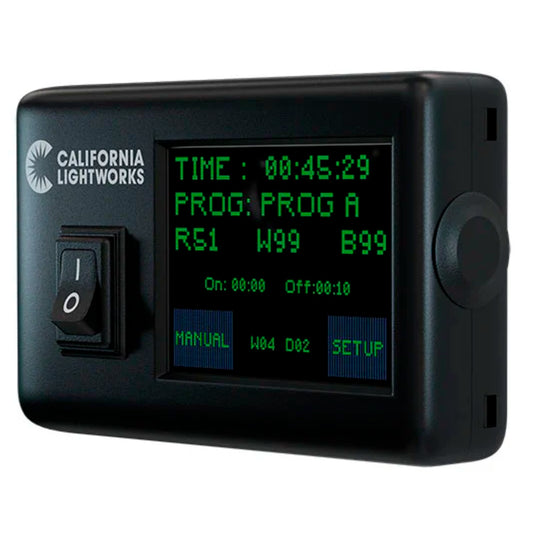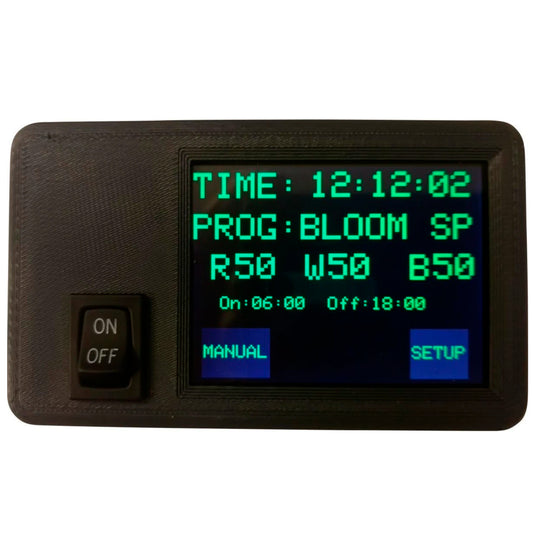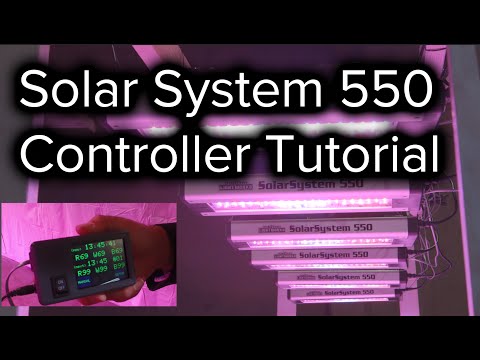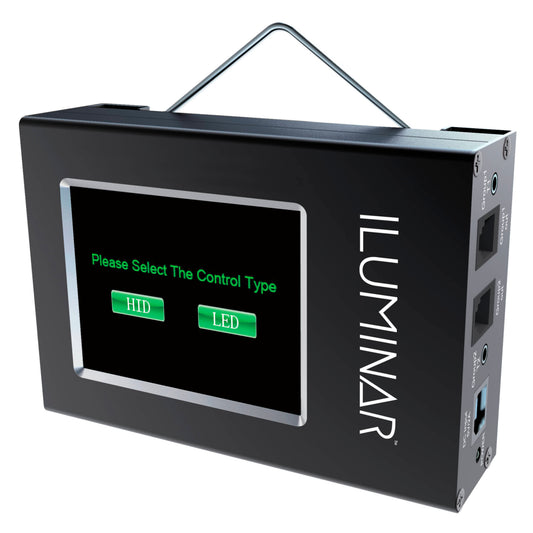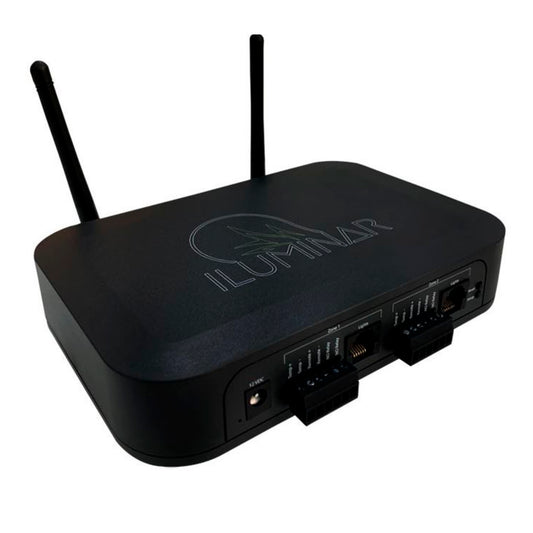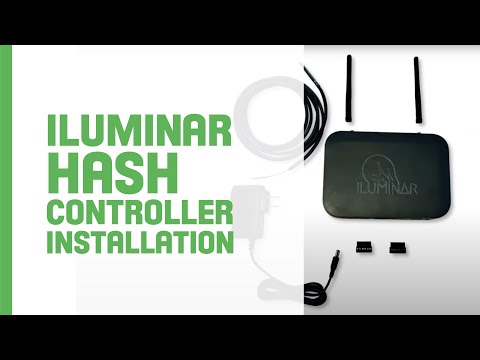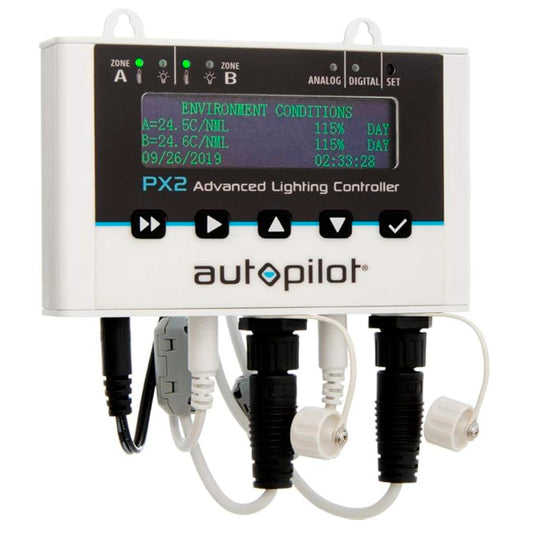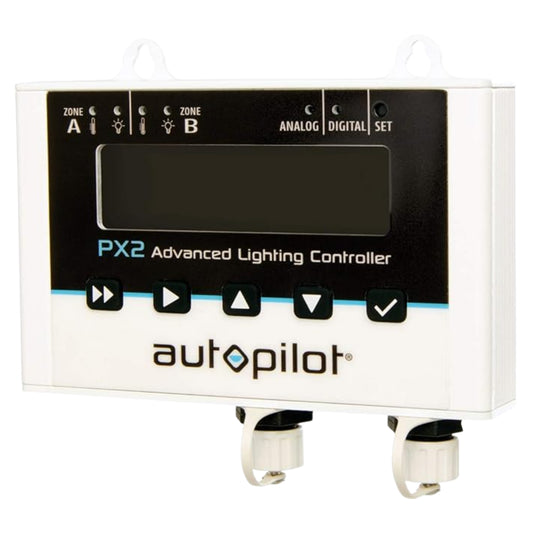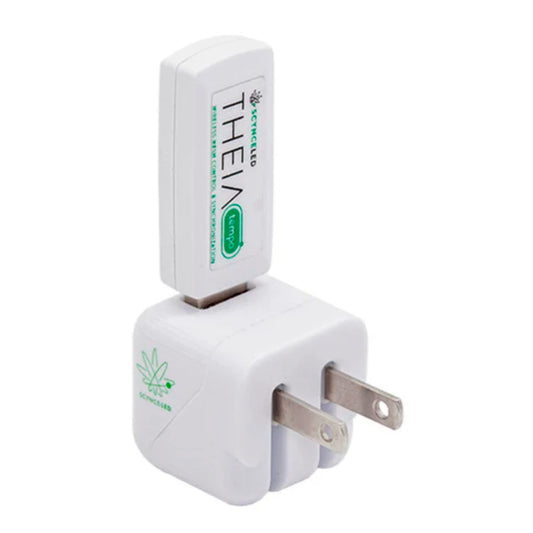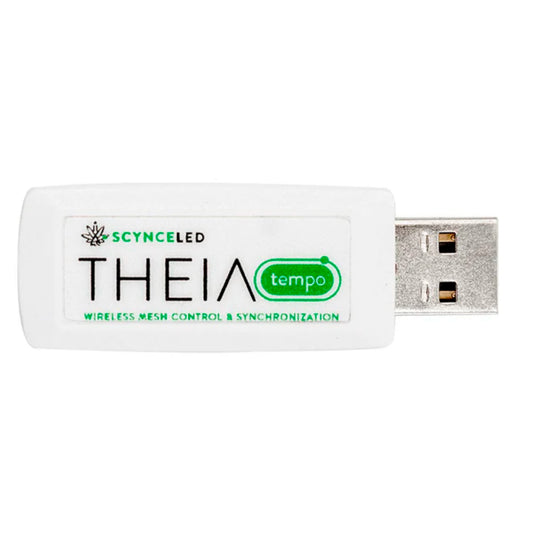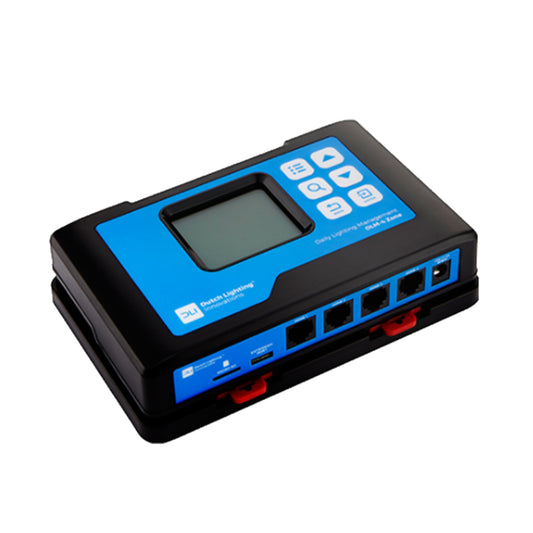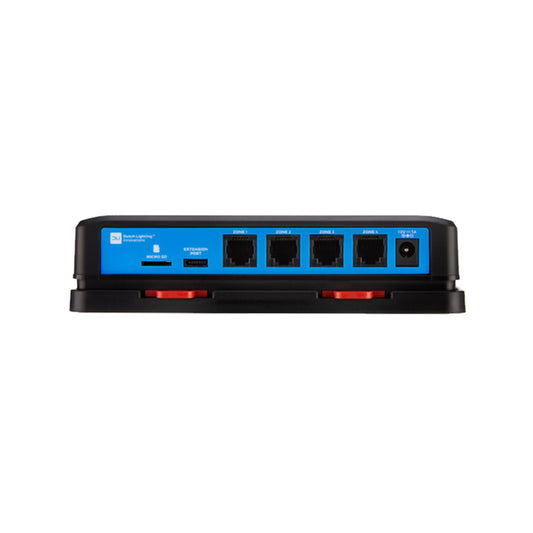Timers + Controllers
Keep your lighting on schedule with grow light timers and controllers built for controlled-environment agriculture. From reliable mechanical and digital timers to robust 240V light controllers, automate lights, pumps, and dehumidifiers for consistent, efficient growth.
-
Gavita Master Controller EL3
Vendor:GavitaRegular price $711.28 USDRegular priceUnit price / per -
Niwa Grow Hub
Vendor:NIWARegular price $129.00 USDRegular priceUnit price / per -
TrolMaster Hydro-X Controller with 3-in-1 Sensor (HCS-1)
Vendor:TrolMasterRegular price $328.18 USDRegular priceUnit price / per$328.18 USDSale price $328.18 USD -
TrolMaster Hydro-X Pro Controller with 4-in-1 Sensor (Temp / Humid / CO2/ Light ) and Cable set, Free Phone App (HCS-2)
Vendor:TrolMasterRegular price $2,492.75 USDRegular priceUnit price / per$2,492.75 USDSale price $2,492.75 USD -
Trolmaster Tent-X Main Controller with 3-in-1 Sensor (Temp / Humid / Light ) and Cable set, Free Phone App
Vendor:TrolMasterRegular price $298.25 USDRegular priceUnit price / per$298.25 USDSale price $298.25 USD -
Hydro-X Plus Controller (HCS-3)
Vendor:TrolMasterRegular price $1,196.00 USDRegular priceUnit price / per$1,196.00 USDSale price $1,196.00 USD -
Growers Choice Digital Lighting Master Controller
Vendor:Growers ChoiceRegular price $371.27 USDRegular priceUnit price / per$318.91 USDSale price $371.27 USD -
Trolmaster Controller Cabinet Door without pre-cut window
Vendor:TrolMasterRegular price $98.75 USDRegular priceUnit price / per$98.75 USDSale price $98.75 USD -
Controller Cabinet for Hydro-X Pro - 35" Large
Vendor:TrolMasterRegular price $1,196.00 USDRegular priceUnit price / per$1,196.00 USDSale price $1,196.00 USD -
California LightWorks SolarSystem Touchscreen Controller
Vendor:California LightWorksRegular price $189.00 USDRegular priceUnit price / per$189.00 USDSale price $189.00 USD -
California LightWorks SolarSystem LED Light Controller
Vendor:California LightWorksRegular price $189.00 USDRegular priceUnit price / per$189.00 USDSale price $189.00 USD -
iLuminar - TOUCH+ (PLUS) Controller
Vendor:Iluminar LightingRegular price $185.00 USDRegular priceUnit price / per$185.00 USDSale price $185.00 USD -
Iluminar HASH Lighting Controller - 2 Channel w/ APP
Vendor:Iluminar LightingRegular price $571.42 USDRegular priceUnit price / per$571.42 USDSale price $571.42 USD -
Autopilot PX2 Advanced Digital Lighting Controller
Vendor:AutopilotRegular price $424.43 USDRegular priceUnit price / per -
Scynce LED Theia Tempo - wireless time sync
Vendor:Scynce LEDRegular price $158.66 USDRegular priceUnit price / per$144.00 USDSale price $158.66 USD -
Dutch Lighting Innovations DLM-Series 4 Zone Controller
Vendor:Dutch Lighting InnovationsRegular price $339.00 USDRegular priceUnit price / per
Timers + Controllers
Dial in precise light scheduling and room automation with professional-grade grow light timers and controllers. From simple 24-hour mechanical timers to advanced programmable digital units and high-capacity 240V light controllers, this collection helps growers maintain consistent photoperiods, protect equipment, and streamline daily tasks. Use timers to switch lights, dehumidifiers, and irrigation pumps on/off at exact intervals, or deploy centralized controllers to coordinate large lighting arrays safely and reliably. Built for controlled-environment agriculture, these solutions improve uniformity, reduce human error, and keep your operation running on time—every time...
Why Choose Timers & Controllers for Your Grow?
Timers and controllers enforce repeatable lighting cycles that plants depend on for healthy development. Consistent schedules prevent light leaks and missed cycles, stabilize environmental rhythms, and protect ballasts and drivers from rapid cycling. Purpose-built controllers with proper contactors/relays handle higher amperage at 240V, reduce circuit strain, and simplify large-scale deployments—all while safeguarding your investment.
Benefits
• Accurate photoperiod control for veg and bloom
• Fewer mistakes and missed on/off cycles
• Stable PPFD timing for predictable growth
• Safer high-load switching with contactor-based controllers
• Automates lights, dehumidifiers, fans, and irrigation pumps
• Easy scalability from one tent to multi-room facilities
Primary Uses
• Set 18/6 or 24-hour vegetative schedules
• Run 12/12 flowering cycles precisely
• Pulse irrigation pumps with interval/cycle timers
• Coordinate dehumidifier and exhaust fan runtimes
• Centralize on/off control for multiple fixtures at 120/240V
Types of Timers & Controllers
Mechanical (Analog) Timers
Simple, reliable 24-hour dials with rugged pins or tabs. Great for single circuits or budget setups that need basic on/off scheduling.
Programmable Digital Timers
Multi-program flexibility with minute-level accuracy, battery-backed memory, and weekday grouping. Ideal when you need several daily events or staggered starts.
Cycle / Interval Timers
Set precise ON/OFF durations (e.g., 1 min ON / 5 min OFF) for pumps, fans, or CO₂ equipment—perfect for irrigation pulses and environmental dosing.
Photocell-Enabled Timers
Light-sensing models that react to room brightness, useful for syncing auxiliary equipment with your light schedule.
Light Controllers (Typically 240V)
High-capacity boxes with contactors/relays to safely switch multiple fixtures from a single control point. Often require professional installation for code-compliant wiring and load balancing.
How These Tools Help Growers
Automated scheduling locks in repeatable growth cycles, improves quality control, and frees up labor for higher-value tasks. With the right timer or controller, you’ll hit your target hours every day, prevent accidental light leaks, and keep environmental equipment running only when needed—saving energy and extending component life.

Frequently Asked Questions
How to set a timer for hydroponics?
Choose a timer type (mechanical, digital, or cycle) based on the task, then program ON/OFF events that match your crop stage. For pumps, use a cycle timer (e.g., 1–5 minutes ON, 5–30 minutes OFF) depending on system flow and media. For lights, set consistent daily start/stop times and verify the timer’s AM/PM or 24h mode.
What is the timer in hydroponics?
A timer is a control device that switches equipment on and off automatically at set times or intervals. In controlled-environment growing, timers run lights, pumps, fans, and dehumidifiers with precision, improving consistency and reducing manual work.
Do grow lights need timers?
Yes—timers maintain strict photoperiods (e.g., 18/6 for veg, 12/12 for bloom). Consistency prevents stress, supports predictable growth, and protects fixtures from unnecessary cycling.
How many hours a day should you leave a grow light on your plants?
Common schedules are 18 hours ON / 6 hours OFF for vegetative growth and 12 hours ON / 12 hours OFF for flowering. Seedlings and clones often thrive at 16–24 hours of gentle light. Match duration and intensity to crop type and stage.
Are digital or mechanical timers better?
Mechanical timers are simple and durable; digital timers offer finer programming, multiple events, and battery-backed memory. Choose mechanical for basic on/off, digital for complex schedules, and cycle timers for precise interval control.
What are the three major types of timers and controllers in hydroponics growing?
Mechanical (analog) timers, programmable digital timers, and cycle/interval timers. For multi-fixture systems, add a dedicated 240V light controller with contactors to switch higher loads safely.
What is the timer setting for hydroponic towers?
Start with short, frequent irrigation pulses (e.g., 1–3 minutes ON, 5–15 minutes OFF) and adjust based on crop, root mass, and climate. Ensure adequate dark periods for lights according to growth stage (e.g., 18/6 or 12/12).

